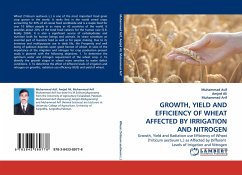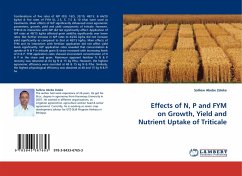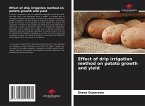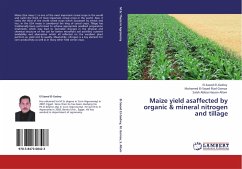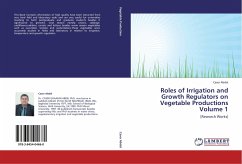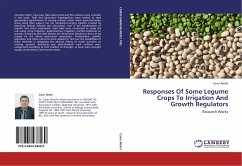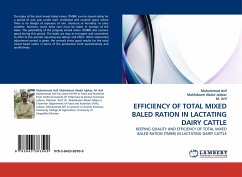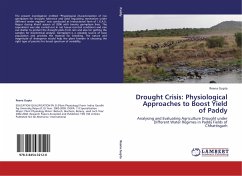Wheat (Triticum aestivum L.) is one of the most important food grain crop grown in the world. It ranks first in the world cereal crops accounting for 30% of all cereal food worldwide and is a staple food for over 10 billion people in as many as 43 countries of the world. It provides about 20% of the total food calories for the human race (S.R. Reddy 2004). It is also a significant source of carbohydrates and nutrition both for human beings and animals. Its straw constitute an essential part of livestock feed as well as for paper making. Due to its immense and multipurpose use in daily life, the Prosperity and well being of pakistan depends upon good harvest of wheat. In view of the importance of the irrigation and nitrogen for crop production present study is planned with the following objectives. 1. To determine the optimum water and nitrogen requirement of the wheat crop. 2. To identify the growth stages in wheat more sensitive to water deficit conditions. 3. To determine the effect of different levels of irrigation and nitrogen on growths, radiation use efficiency (RUE) and yield of wheat.
Bitte wählen Sie Ihr Anliegen aus.
Rechnungen
Retourenschein anfordern
Bestellstatus
Storno

